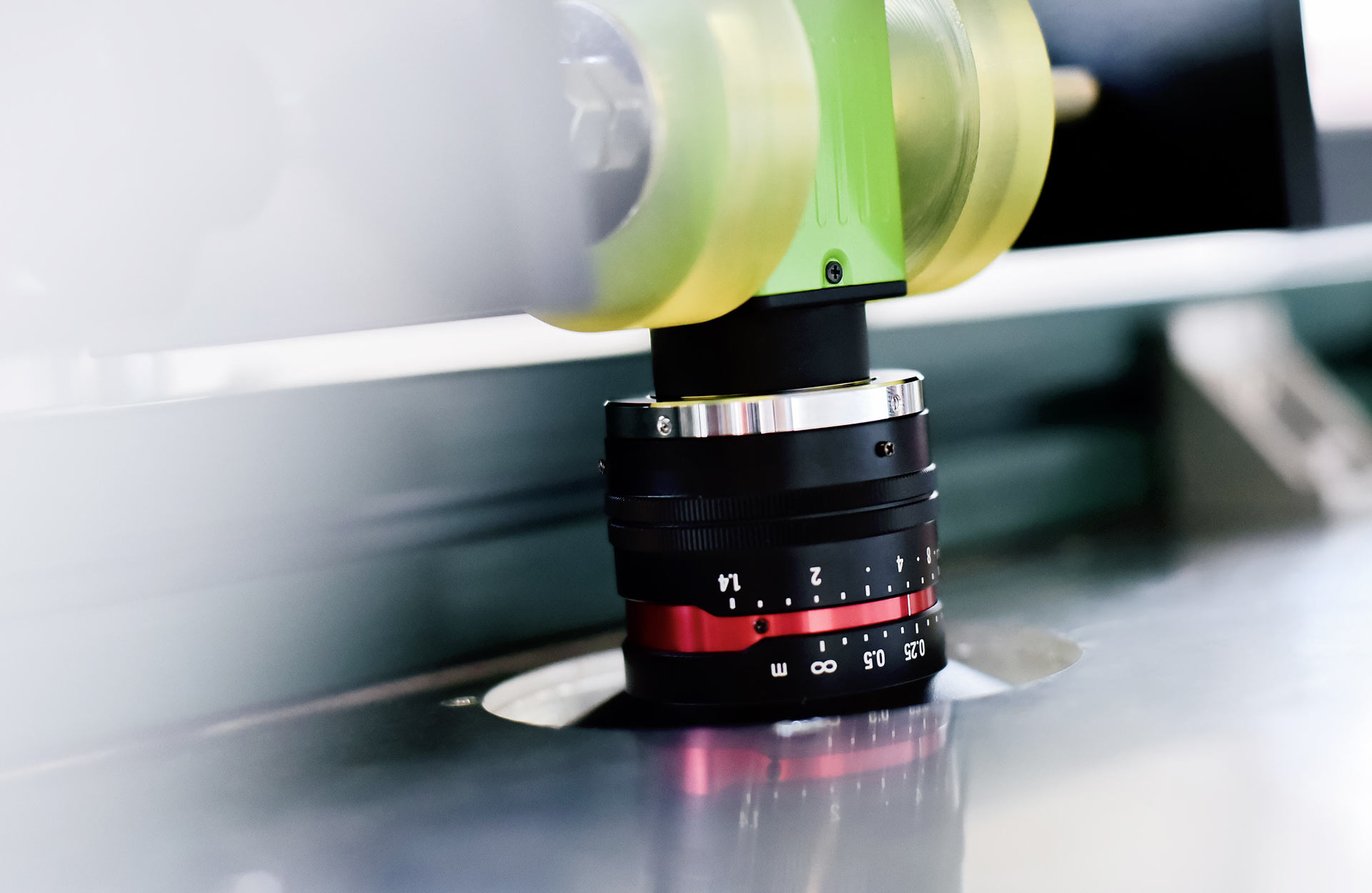- Machine learning provides standardized and reliable image evaluation
- The choice of training data significantly influences detection results
- In-house optics lab at HELLA Aglaia helps create custom solutions
Artificial intelligence (AI) has long been an integral part of everyday industrial life in many places, for example in the image processing of optical quality controls. The advantages of intelligent algorithms: they work quickly and are standardized and automated. As a specialist in computer-aided image processing, HELLA Aglaia has relied on machine learning algorithms for several years now, in addition to classic analytical methods. But what does it mean when a machine learns and evaluates images, and why is qualified human analysis the key to success after all?
Machine learning techniques use data and targets to approach the solution to a task such as detecting a crack in a product surface. In classical methods of image evaluation, the features on the basis of which a crack can be identified as such are specified. In contrast, machine learning algorithms are self-learning and acquire their detection capabilities by analyzing data sets provided in advance. The more extensive this training, the more accurate the detection results. However, success is highly dependent on the available image templates of the product to be inspected, as the quality of the training data is crucial for highly accurate and robust detection results.
Algorithms are only as good as their training data
The market now offers numerous standard AI solutions for image evaluation that promise rapid success. Pre-trained algorithms require only comparatively small amounts of data to specialize in the recognition of certain features. Nevertheless, there is a risk that features are used for detection that are not relevant at all.
An example: A machine learning algorithm is trained with photos of defective products to detect scratches in the surface. In a test application, however, the system now sounds an alarm every time a product is checked – are the surfaces really damaged? No. Instead, the algorithm did not take the product’s material into account. Instead of scratches, the algorithm learned to identify the light reflection of a metallic component as a recurring pattern.
Such training failures can have various causes, for example, an inadequate amount of training data, unsuitable recordings or poor image selection.
Optimal results with individual setup
To create an ideal image base, project work at HELLA Aglaia usually begins with a feasibility study. In the in-house optics laboratory, the use of various cameras and lighting scenarios is evaluated in order to best capture the products to be inspected and their characteristics. If the image setup for a project has already been specified, it can be recreated in the optics lab and an optimal solution for the existing problem can be developed.
Next, the detection results obtained from test images are subjected to detailed analysis. This not only ensures the correct detection of features relevant to the job, but also guarantees that they can be optimally recorded and classified. In this way, all projects benefit from a custom, high-precision AI solution. Furthermore, HELLA Aglaia advises on the camera-light setup in production, thus ensuring the reproducibility of the results.
On this basis, HELLA Aglaia supports cross-industry projects in the field of optical quality control to reliably detect anomalies or defects – in both individual components and finished products.

